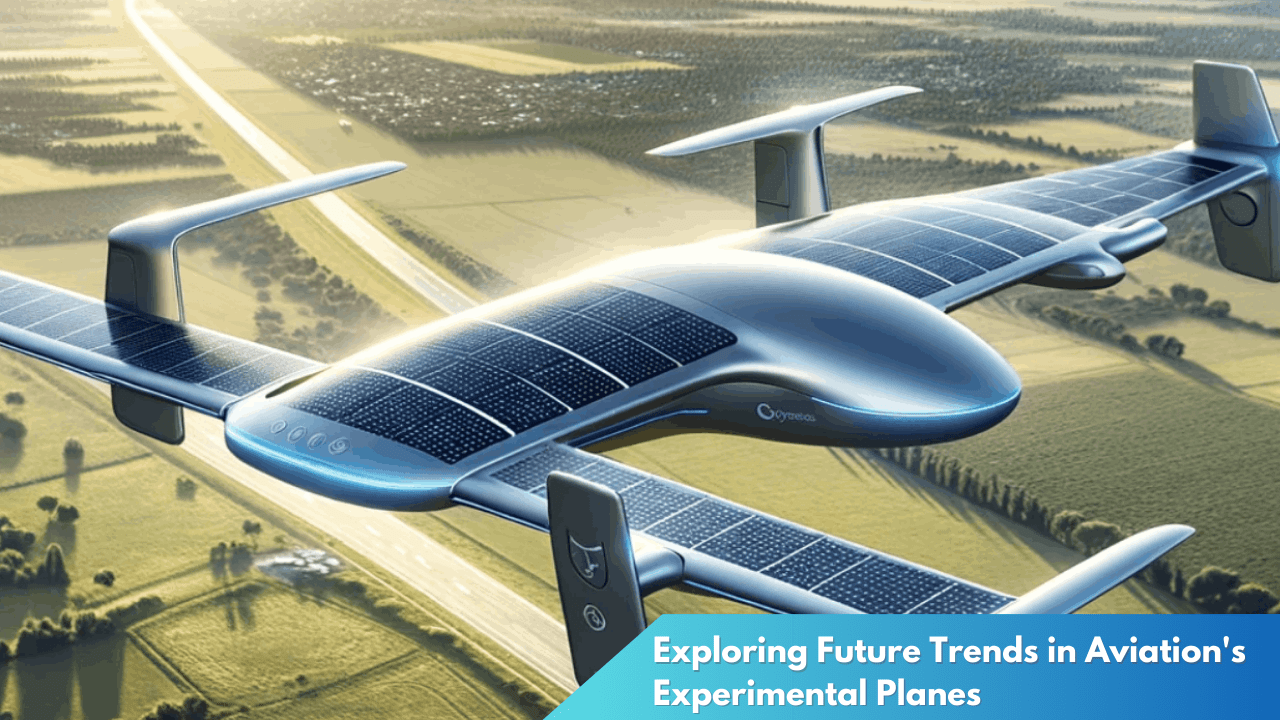Exploring Future Trends in Aviation’s Experimental Planes
The world of aviation is on the cusp of a transformative era, with experimental planes offering a glimpse into the future of flight. This burgeoning field is marked by a blend of cutting-edge technology, sustainable innovations, and daring designs that promise to redefine the way we travel through the skies. As aerospace companies and researchers push the boundaries of what is possible, the sky’s the limit for the exciting trends taking shape in experimental aviation.
Pioneering the Skies: Aviation’s Bold New Frontier
The aviation industry has never shied away from innovation, but today’s experimental planes are setting unprecedented benchmarks for what aircraft can achieve. One of the most groundbreaking trends is the development of electric and hybrid planes. As the world seeks sustainable solutions to combat climate change, these planes offer a promising alternative with their reduced carbon footprints and lower operational costs. Companies like Eviation and Airbus are leading the charge, with prototypes like the “Alice” and the “E-Fan X” showcasing the viability of electric propulsion for short-haul flights.
Another frontier gaining traction is the advent of autonomous planes, poised to revolutionize air travel with enhanced safety and efficiency. By leveraging advances in artificial intelligence and machine learning, these aircraft can perform complex flying tasks with minimal human intervention. This technology has the potential to not only transform the logistics and cargo sectors but also redefine passenger travel, making flights safer and potentially more cost-effective.
Supersonic flight is also making a comeback, thanks to renewed interest in developing faster-than-sound commercial planes. Companies like Boom Supersonic are reviving dreams of supersonic travel with aircraft designed to fly at speeds exceeding Mach 1. With the promise of cutting transatlantic travel times in half, these planes could restore the allure and practicality of supersonic flight, albeit with a focus on addressing past environmental and noise concerns through innovative design enhancements.
Innovative Designs Shaping Future Flight Paths
The design landscape of experimental planes is undergoing a seismic shift as engineers and designers explore unconventional configurations to enhance performance and efficiency. Blended wing body (BWB) designs, for example, are garnering attention for their ability to reduce drag and increase lift, potentially leading to more fuel-efficient aircraft. These designs challenge traditional aircraft aesthetics, offering a glimpse of a future where form follows function in the skies.
Moreover, the integration of advanced materials into aircraft construction is poised to revolutionize airframe durability and weight. Materials such as carbon composites and graphene are being incorporated into experimental planes to create lighter, stronger, and more resilient aircraft. These innovations not only promise to extend the lifespan of planes but also significantly improve fuel efficiency and payload capacity, paving the way for more sustainable aviation.
The rise of vertical takeoff and landing (VTOL) planes represents another significant trend poised to redefine urban mobility. These aircraft, often resembling a hybrid between helicopters and traditional planes, offer the potential for point-to-point travel within cities and beyond. With companies like Joby Aviation and Lilium leading the charge, the dream of urban air taxis could soon become a reality, providing a swift and efficient mode of transport that bypasses the congestion of traditional ground-based travel.
As the aerospace industry navigates the challenges of the 21st century, experimental planes stand at the forefront of aviation innovation. These daring ventures promise not only to transform the way we understand flight but also to address some of the most pressing environmental and logistical challenges of our time. With each breakthrough, we edge closer to a future where aviation is not just about getting from point A to point B, but about doing so in a manner that is safer, faster, and more sustainable than ever before. The skies, it seems, are just the beginning.





